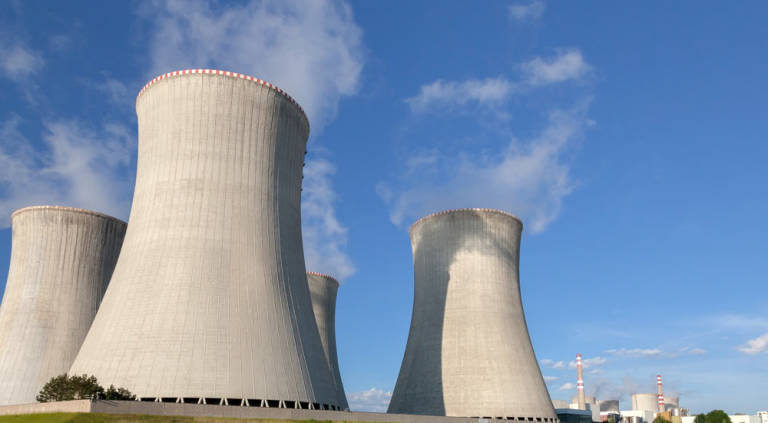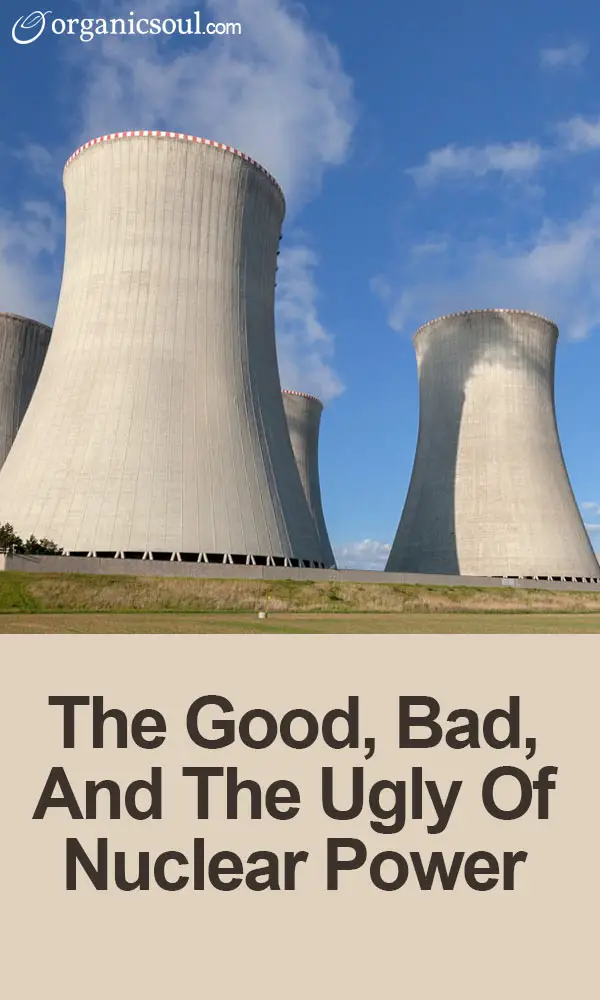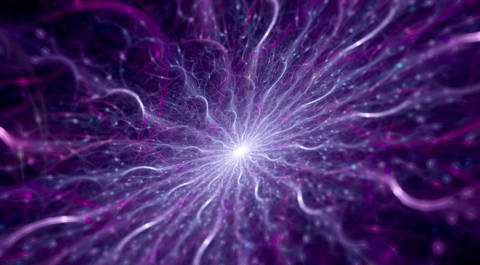
Alternative forms of energy are steadily becoming part of any good policy maker’s agenda. Fossil fuels are taking a bad turn, both in terms of supply and demand, forcing government to delineate its options and investigate all possible solutions. Nuclear power stands as a force within alternative energy, attempting to promise clean burning plants that emit huge quantities of power. However, nuclear power poses a serious social risk in investment and results in unsafe waste, questioning the claim of nuclear power being environmentally friendly.
Like Organic Soul on Facebook
Of course, nuclear power is a complex issue. But for the purpose a simple pro and con outline, we can weigh two sides and their “talking points”: one that is positive, and one that is negative. As any good deliberator should do, let’s weigh these two sides. What are the perks to nuclear power, if any? Likewise, why should we stay away from it? Is the power behind it simply too much to handle?
What is it?
Briefly, let’s review what nuclear power really is. Using small pellets that contain about 3 percent Uranium-235, nuclear plants heat water into pressurized steam, which in turn drives a turbine generator and produces electricity. Unlike a coal-burning power plant, nuclear power harnesses the heat generated by nuclear fission, or when an atom splits into two. This heat is what converts the water into steam, and then into energy.
The Benefits of Going Nuclear
“No Emissions“, Low Value Source – With global warming at our doorsteps, no emissions(not counting the emissions while building) is a seriously worthwhile benefit. Coal and natural gas plants emit high levels of carbon dioxide, the king of the greenhouse effect, making them unsustainable and undesirable. Nuclear power, on the other hand, uses hydrocarbons and pollutes much less. Plus, its fuel source is proportionally much more powerful: one uranium fuel pellet (about the size of a bullet) is equivalent to three barrels of oil, one ton of coal, and 17,000 cubic feet of natural gas.
Evolving with Technology
Nuclear reactors have come a long way since Chernobyl or Three Mile Island. Today, the reactors are more efficient, self-sustainable, and cost effective. They have also become more environmentally safe, with new technology preventing serious catastrophes like those seen in the past. Looking to the future, engineers hope to continue this trend and create economical, safe, waste conscious, and proliferation resistant plants. (Keep in mind the recent challenge to this notion: Fukushima, Japan)
Creates Jobs for Americans
Another great perk of nuclear power is that increasing our investment in nuclear power will grow new jobs within a new industry. That said, nuclear power helps lessen our need of foreign oil and markets overseas. With it, we can become more self-sustainable and potentially resist the harsh fluctuations of the oil and gas market. This means a more stable community as a whole – something America is in desperate need of.
The Drawbacks
Safety for the People – Regardless of new advancement, nuclear power plants continue to rely on nuclear fission, a dangerous and hard to control reaction. The consequences of a plant malfunction or explosion would be catastrophic and could potentially take decades to hundreds to thousands of years to clean up. The loss of life would be equally severe, the long-term health implications would be unimaginable, and there is no good scenario with a meltdown.
Safety for the Environment
While an explosion would wreak havoc on the environment, the more pressing and consistent threat is nuclear waste. Like all forms of energy production, waste is produced, and nuclear waste is especially volatile. While the spent rods will eventually decompose, it takes thousands of years to do so, creating a deadly scenario for the “now”. Furthermore, mining and refining uranium is hardly environmentally safe, debunking the claims of it being a ‘clean’ energy.
Costly and Unwanted
To exacerbate the problems of nuclear power further, they plants are extremely costly and, perhaps not too unfortunately, people don’t want them in their community. In regards to price tag, finding the land, constructing the plant, and hiring and training the workforce amounts to a high bill for taxpayers. This cost is something hard to stomach, especially because most people have a poor image of nuclear power in their minds. These things combined pose a serious threat to nuclear power investing.
To fission or not to fission…
Regardless of the benefits, nuclear power is a questionable venture at best, unless, of course, technology becomes more efficient and safe in the long run. Today, however, perhaps  what we should be investing in is education and investigation on behalf of the issue, rather than the rapid installation of nuclear power. Whatever it is, we must realize that global warming and the end of fossil fuels are upon us, and new, alternative forms of energy must be discovered and pursued with haste. Nuclear power may have a spot in this if it is a part of a more comprehensive plan that includes other forms of alternative energy like solar, wind, and hydro. And that's being optimistic.
what we should be investing in is education and investigation on behalf of the issue, rather than the rapid installation of nuclear power. Whatever it is, we must realize that global warming and the end of fossil fuels are upon us, and new, alternative forms of energy must be discovered and pursued with haste. Nuclear power may have a spot in this if it is a part of a more comprehensive plan that includes other forms of alternative energy like solar, wind, and hydro. And that's being optimistic.
To nuclear power, we say maybe – if it is operated under the right conditions – but certainly not a resounding “yes” or “no”.
















